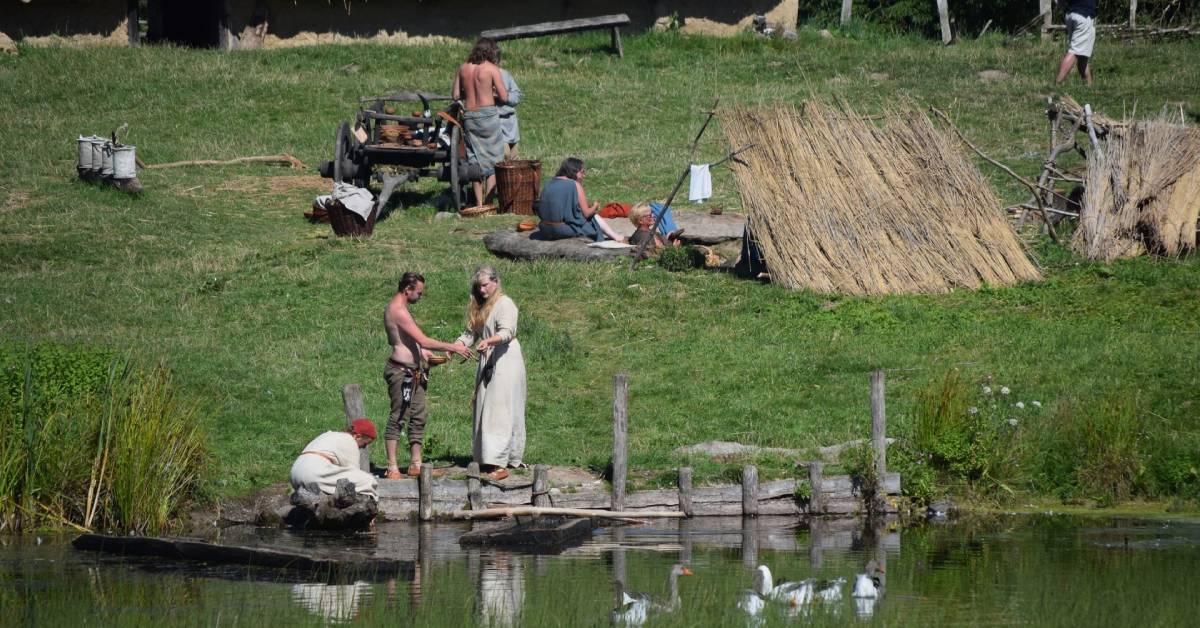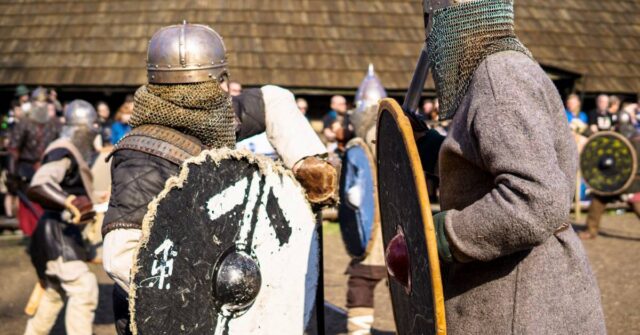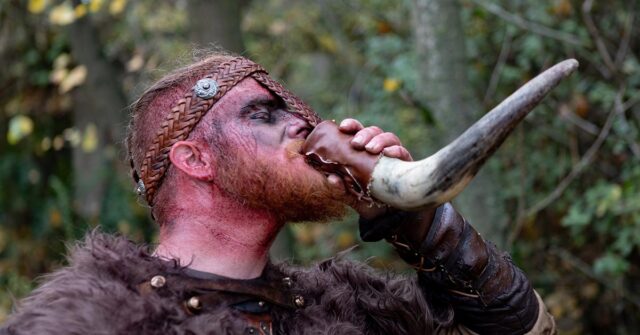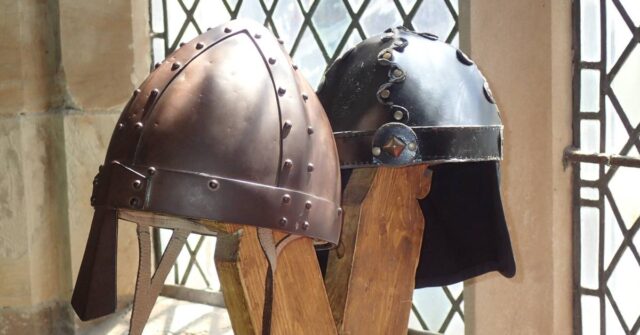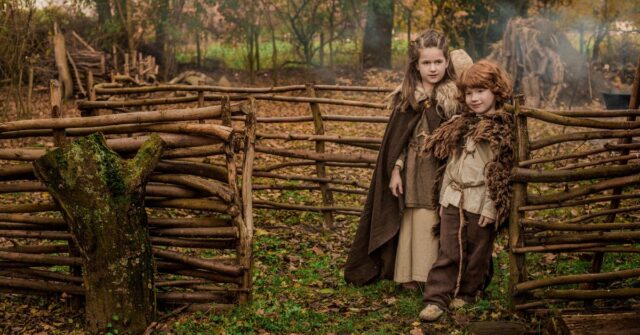Throughout history, various cultures have developed unique and fascinating customs related to marriage and family life. The Viking Age, which spanned from the late 8th to early 11th centuries, was no exception.
This article will delve into the intricacies of Viking-Age marriage customs and family dynamics, exploring topics such as betrothal, wedding ceremonies, marital rights, and family structure.
Introduction to Viking-Age Marriage Customs
This section provides an overview of the Viking-Age marriage customs. We delve into the historical context that influenced these customs and discuss the sources from which our current understanding of these practices is derived.
Historical Context
The Viking Age was marked by significant expansion and exploration by the Scandinavian people.
As they settled in various parts of Europe, their customs and traditions, including those related to marriage and family life, evolved and adapted to their new environments.
Understanding the historical context of Viking-Age marriage customs provides valuable insight into the social, economic, and cultural factors that influenced their development.
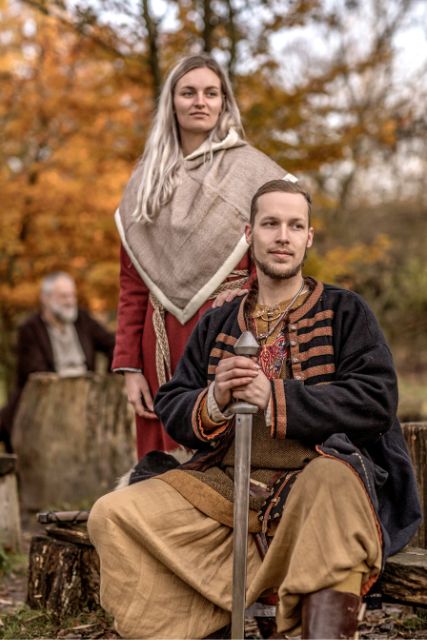

Sources of Information
Information about Viking-Age marriage customs and family dynamics is primarily derived from a combination of archaeological finds, historical records, and Norse literature such as the Sagas and Eddas.
While these sources offer a wealth of knowledge, it is essential to remember that they may be incomplete or biased, requiring careful analysis and interpretation.
Pre-Marriage Customs and Traditions
Before a couple got married in Viking-Age society, there were important customs and traditions that took place. This included betrothal and engagement, as well as negotiations for the dowry, which set the stage for the wedding ceremony.
Betrothal and Engagement
In Viking-Age society, betrothal and engagement were essential steps leading up to marriage. Betrothal involved an agreement between the families of the prospective bride and groom, which was typically initiated by the groom’s family.
The families would discuss the suitability of the match, including factors such as social status, wealth, and political alliances.
Once both parties agreed, the couple would be considered engaged, with formal betrothal ceremonies often involving the exchange of gifts and promises.
Marriage Negotiations and Dowry
Marriage negotiations were an essential aspect of Viking-Age wedding preparations, focused on determining the dowry and bride price. The dowry, provided by the bride’s family, typically consisted of land, property, or goods.
The bride-price, paid by the groom’s family, was a gift to the bride’s family in exchange for their daughter. Negotiations often included discussions of inheritance, property rights, and the division of assets in the event of divorce.
Wedding Ceremony and Celebrations
The wedding ceremony was a significant event in the Viking Age. It was filled with rituals and symbolism, followed by feasting and entertainment. Gift-giving was also a vital part of the celebrations, emphasizing the importance of the occasion.
Wedding Rituals and Symbolism
Viking-Age wedding ceremonies incorporated various rituals and symbols to signify the union of the bride and groom.
These included the exchange of vows, handfasting (the binding of the couple’s hands together), and the presentation of the bride’s sword or other heirlooms to the groom.
The couple would also be dressed in traditional clothing, adorned with jewellery and other accessories symbolizing their new status as husband and wife.
Feasting and Entertainment
Following the wedding ceremony, the families and guests would engage in a celebratory feast. This event often lasted several days and included an abundance of food, drink, music, and entertainment.
The feast not only celebrated the couple’s union but also served to strengthen the bonds between the two families and their communities.
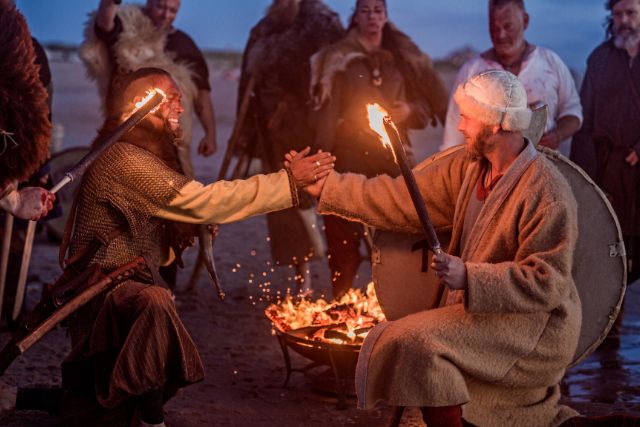

Gift Giving and Exchange
Gift-giving was a significant component of Viking-Age wedding celebrations, with gifts exchanged between the bride and groom, their families, and guests.
These gifts often held symbolic meaning, representing the couple’s new status and their obligations to each other and their families.
Marital Rights and Responsibilities
In Viking-Age marriages, both spouses had specific rights and responsibilities.
This section explores these rights and responsibilities, which include conjugal rights and obligations, property and inheritance rules, as well as the possibility of divorce and annulment.
Conjugal Rights and Obligations
In Viking-Age marriages, both the husband and wife had certain rights and obligations toward each other. These included providing support and protection, maintaining their shared household, and fulfilling their respective roles in the marriage.
Conjugal rights also encompassed sexual relations, which were expected to produce children and contribute to the continuation of the family line.
Property and Inheritance
Property and inheritance played a significant role in Viking-Age marriages. The dowry provided by the bride’s family would typically become the joint property of the couple, although the bride often retained control over her personal possessions.
Inheritance was typically passed through the male line, but in certain circumstances, women could inherit property or pass it on to their children, particularly in the absence of male heirs.
Divorce and Annulment
Divorce was not uncommon in Viking-Age society and could be initiated by either the husband or wife for various reasons, such as infidelity, abuse, or infertility.
Annulment, which declared a marriage null and void, was less common and typically reserved for cases in which the marriage was deemed unlawful or invalid.
Upon divorce or annulment, the division of property and assets would be determined according to the agreements made during the marriage negotiations.
Family Dynamics and Structure
The family played a central role in Viking-Age society. This section focuses on the dynamics and structure of Viking families, covering topics such as gender roles and expectations, childrearing, and the importance of extended family relationships.
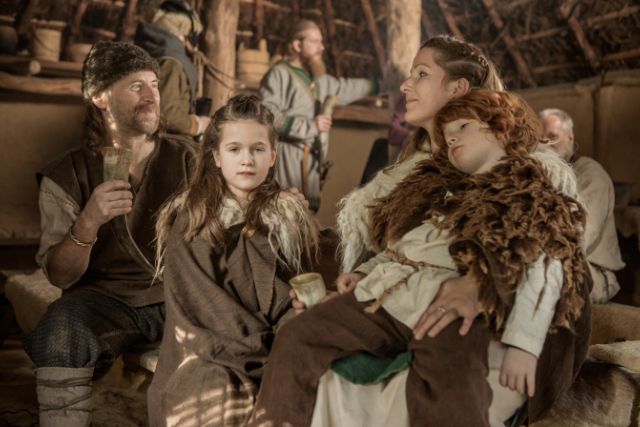

Gender Roles and Expectations
Gender roles and expectations were an integral part of Viking-Age family dynamics. Men were generally responsible for providing for and protecting their families, and participating in farming, trade, or raiding.
Women were expected to manage the household, care for children, and contribute to the family’s economic well-being through activities such as weaving or farming.
However, Viking-Age society was more egalitarian than many other contemporary societies, with women often enjoying greater rights and freedoms than their counterparts in other regions.
Childrearing and Education
Children were an essential part of Viking-Age families, and their upbringing and education were prioritized. Both parents played a role in raising their children, teaching them the necessary skills and values to succeed in their society.
This included learning about their family’s history and traditions, as well as practical skills such as farming, hunting, and fighting.
Extended Family Relationships
Extended family relationships were highly valued in Viking-Age society, with close ties maintained between relatives beyond the nuclear family.
These relationships provided support and protection, and family alliances could significantly influence an individual’s social standing and economic well-being.
Religion and Marriage Customs
Religion was deeply intertwined with marriage customs in the Viking Age. This section discusses how Norse mythology influenced Viking-Age marriage customs and explores the impact of Christianity on these practices as it spread throughout Europe.
Influence of Norse Mythology
Norse mythology had a profound impact on Viking-Age marriage customs, with various gods and goddesses associated with love, marriage, and fertility.
Rituals and ceremonies often invoked the protection and blessings of these deities, emphasizing the sacred and spiritual aspects of marriage in Viking-Age society.
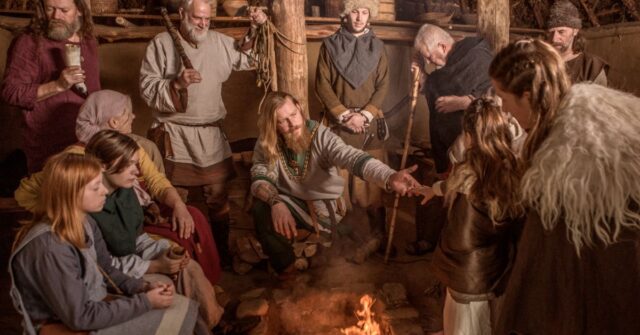

Christianity’s Impact on Viking Marriages
As Christianity spread throughout Europe during the Viking Age, it began to influence Viking marriage customs and family dynamics.
Conversion to Christianity often led to changes in wedding rituals, as well as adjustments to the legal and social aspects of marriage.
However, the process of Christianization was gradual, and many traditional Viking customs and practices persisted alongside the new Christian elements.
Conclusion: Viking-Age Marriage and Family Legacy
In conclusion, Viking-Age marriage customs and family dynamics were shaped by a complex interplay of social, economic, religious, and cultural factors.
Although many aspects of Viking-Age marriages and family life may seem foreign or even exotic to modern observers, their customs and traditions offer valuable insights into the priorities and values of their society.
Understanding these practices can help us better appreciate the rich history and cultural legacy of the Viking Age, while also shedding light on the development of marriage and family customs across different cultures and time periods.

